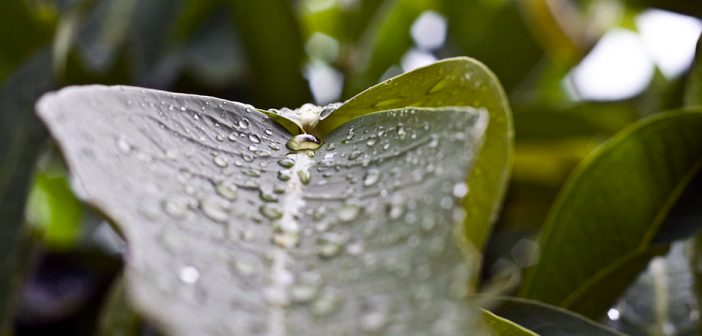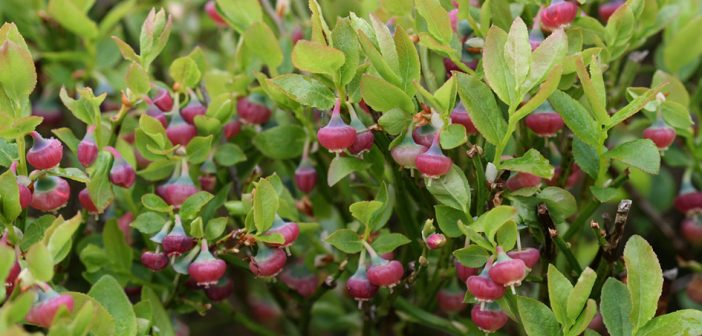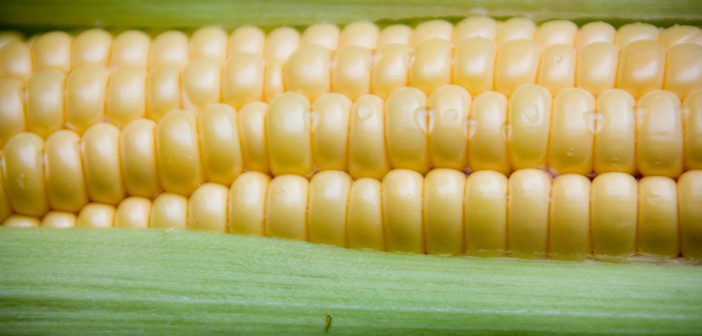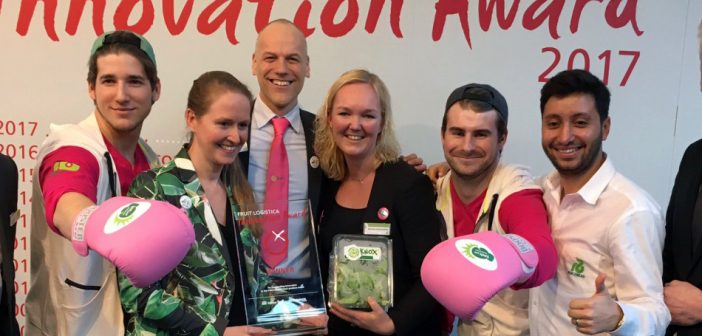Representatives of the seed industry have told the Fresh Produce Journal that Defra has shown a “heartbreaking” lack of awareness of the potential effects of Brexit on the plant breeding and seed production sector.
There are fears that unless issues are addressed, UK farmers and growers could lose access to many varieties and that seed businesses could move away from the UK in order to maintain international and European links. Other issues include the potential loss of a common variety list and additional phytosanitary requirements.
Chief executive of the British Society for Plant Breeders (BSPB), Penny Mapleston, said, “Breeders will only be able to absorb the higher costs of registering new varieties if there is a guaranteed market. The number of varieties available in the UK market will be less. Fairly swiftly you will see production move overseas, where we will just import it back.”
Global seed breeder Rijk Zwaan’s country manager for the UK, Gerard van der Hut, commented, “What will happen is we will only register the variety we can sell. With new varieties if there’s not enough demand in the UK then we won’t sell them, so the choice given to the UK market could be limited.”

Photo Credit: pxhere
The post Seed breeders say impact of Brexit not appreciated appeared first on Hort News





